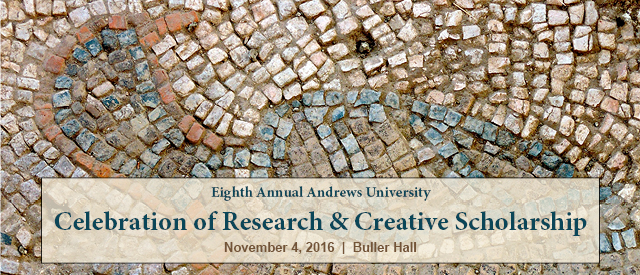P-11 Evolution of a Painting
Presenter Status
Emeritus Professor, Art Department
Preferred Session
Poster Session
Start Date
4-11-2016 2:00 PM
End Date
4-11-2016 3:00 PM
Presentation Abstract
I have been working on a series of landscape paintings inspired by a stratified red rock mountain observed while on the Chief Joseph Scenic Trail west of Cody Wyoming and east of Yellowstone National Park. I began with a small painting using the personal mark-making technique I have developed in many works since 1968. This and several other paintings suggest visual experiences; such as, pods of dolphins jumping out and in the water as they follow a ship.
The moment you put down two or three marks on a piece of paper, you get relationships. They’ll start to look like something. If you draw two little lines they might look like two figures or two trees. One was made first, one second. We read all kinds of things into marks. You can suggest landscape, people and faces with extremely little. It all depends on the human ability to see a mark as a depiction.
Renaissance European perspective has a vanishing point, but it does not exist in Japanese and Chinese painting. And a view from sitting still, from a stationary point, is not the way you usually see landscape; you are always moving through it.
Images
P-11 Evolution of a Painting
I have been working on a series of landscape paintings inspired by a stratified red rock mountain observed while on the Chief Joseph Scenic Trail west of Cody Wyoming and east of Yellowstone National Park. I began with a small painting using the personal mark-making technique I have developed in many works since 1968. This and several other paintings suggest visual experiences; such as, pods of dolphins jumping out and in the water as they follow a ship.
The moment you put down two or three marks on a piece of paper, you get relationships. They’ll start to look like something. If you draw two little lines they might look like two figures or two trees. One was made first, one second. We read all kinds of things into marks. You can suggest landscape, people and faces with extremely little. It all depends on the human ability to see a mark as a depiction.
Renaissance European perspective has a vanishing point, but it does not exist in Japanese and Chinese painting. And a view from sitting still, from a stationary point, is not the way you usually see landscape; you are always moving through it.



